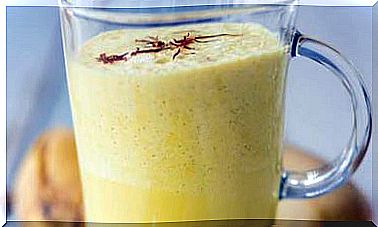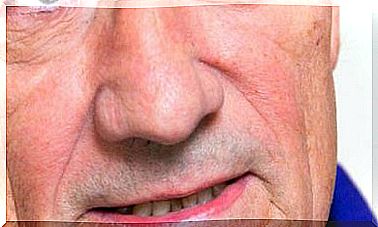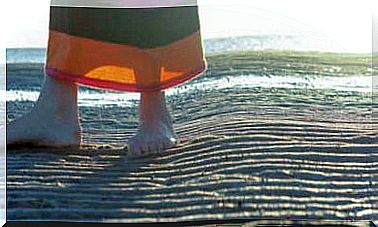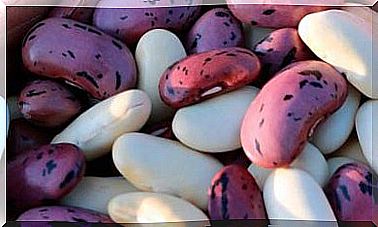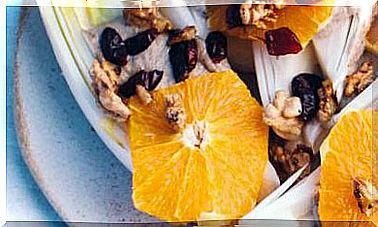Pollution Favors The Onset Of Autism
A pioneering study on the composition of teeth opens up new possibilities for investigating the relationship between pollution and autism from pregnancy and during childhood.

Autism is a mysterious disease whose cause is unknown. A good number of hypotheses have been speculated, from a trauma at birth to a conflict with the mother or intoxication with mercury from vaccines, among many others.
The poisoning hypothesis gains numbers with various investigations that associate environmental pollution with disease.
Baby teeth show link between pollution and autism
To uncover the culprit compounds, Dr. Manish Arora, professor of environmental medicine and public health at the Icahn College at Mount Sinai Hospital, has looked at children’s baby teeth.
Growth layers can be seen in teeth , similar to tree rings or ice caps at the pole. And in each layer you can discover the consequences of exposure to pollutants.
Since before birth
The milk teeth begin to develop towards the end of the first trimester of gestation, forming a new layer every day, and they fall out between 6 and 12 years. For this reason, Dr. Arora thought that it would be possible to relate what can be found in the teeth with the medical history of the children.
One of the first findings was that insufficient intake of the nutrient zinc and excessive lead was associated with an increased risk of autism. Later, Arora’s team discovered that analyzing the metabolic cycles of zinc and copper could predict autism diagnoses.
Reduce contact with contaminants
Epidemiologist Craig Newschaffer, director of the AJ Drexel Autism Institute at Drexel University, thinks that pollutants likely promote autism in vulnerable people. He believes that it will not be possible to establish clear cause-effect relationships, but an understanding of the problem that leads to policies that reduce the exposure of the population to the pollutants involved.
On the other hand, up to 25 investigations have discovered a statistical association between the levels of air pollution during pregnancy and the first years of life with the incidence of autism.
What can we do
But while that public health policy does not arrive, the people will want to reduce the risks as much as possible. Newschaffer gives some clues:
- Organic food. We can reduce contact with pesticides, especially during pregnancy, by consuming organic food and avoiding the use of insecticides at home.
- Ventilate well. Other pollutants that have been associated with autism are flame retardants. These are found in household appliances and many other consumer goods. To reduce exposure we can make sure to ventilate the interior spaces well.
- Iodized salt. Newschaffer also recommends ensuring sufficient iodine intake, as hypothyroidism is emerging as a possible contributing factor to autism. The most effective measures to do this are to use iodized salt in prepared meals and to add small amounts of seaweed to dishes from time to time.
Another step is to avoid lead exposure as much as possible . This heavy metal is a neuronal toxicant and is found in polluted air in metallurgical industrial areas, in the water of houses with lead pipes installed, or with old paints that contained it on walls, windows and furniture.
Other factors involved
In addition to environmental pollution, it is also true that there are similar associations with other variables, such as advanced age of the parents, closely spaced pregnancies, and different complications around the time of birth.
It is possible that there is some biological mechanism that can be activated in various ways and that explains this diversity of risk factors.
